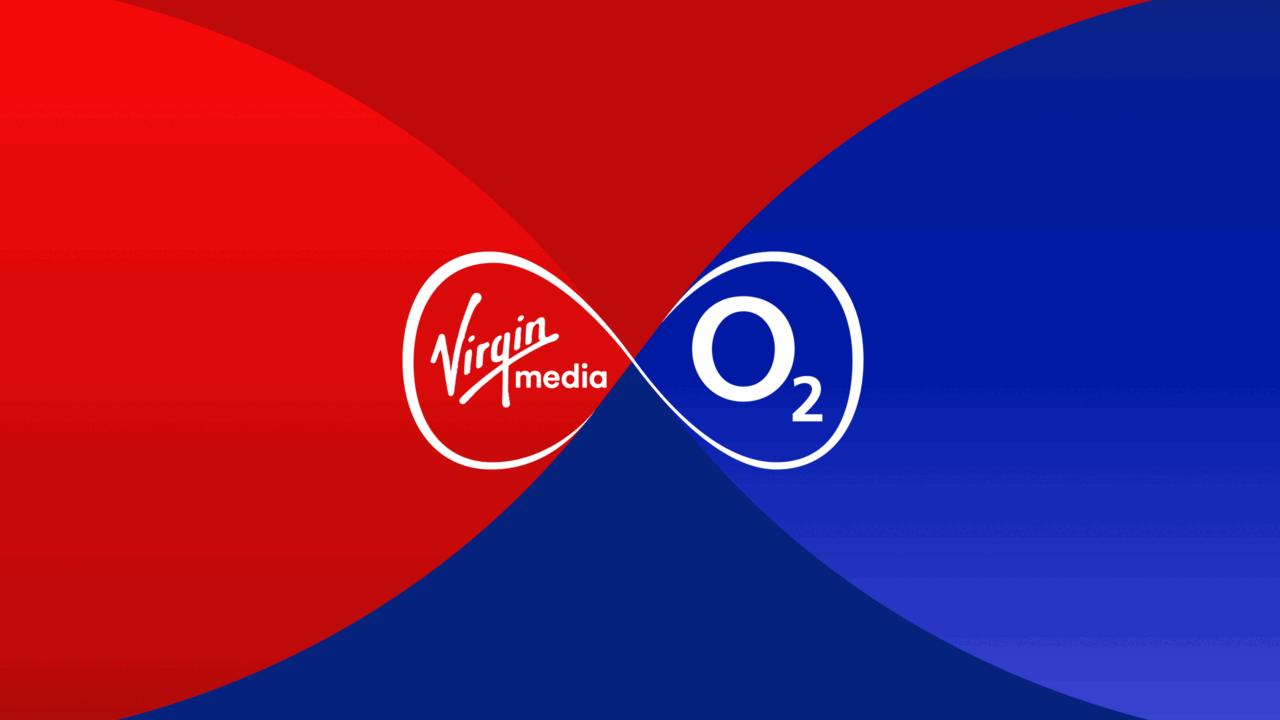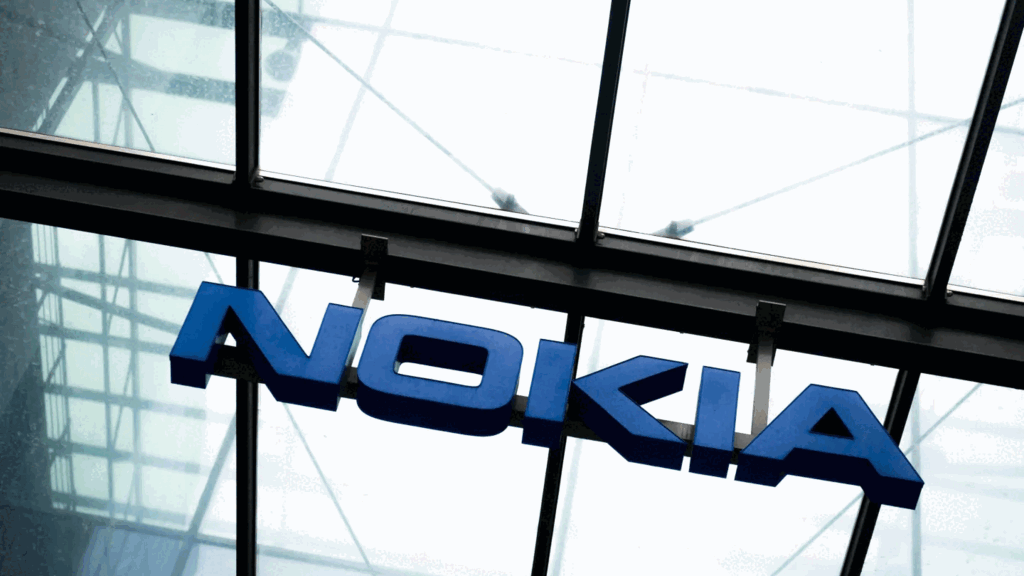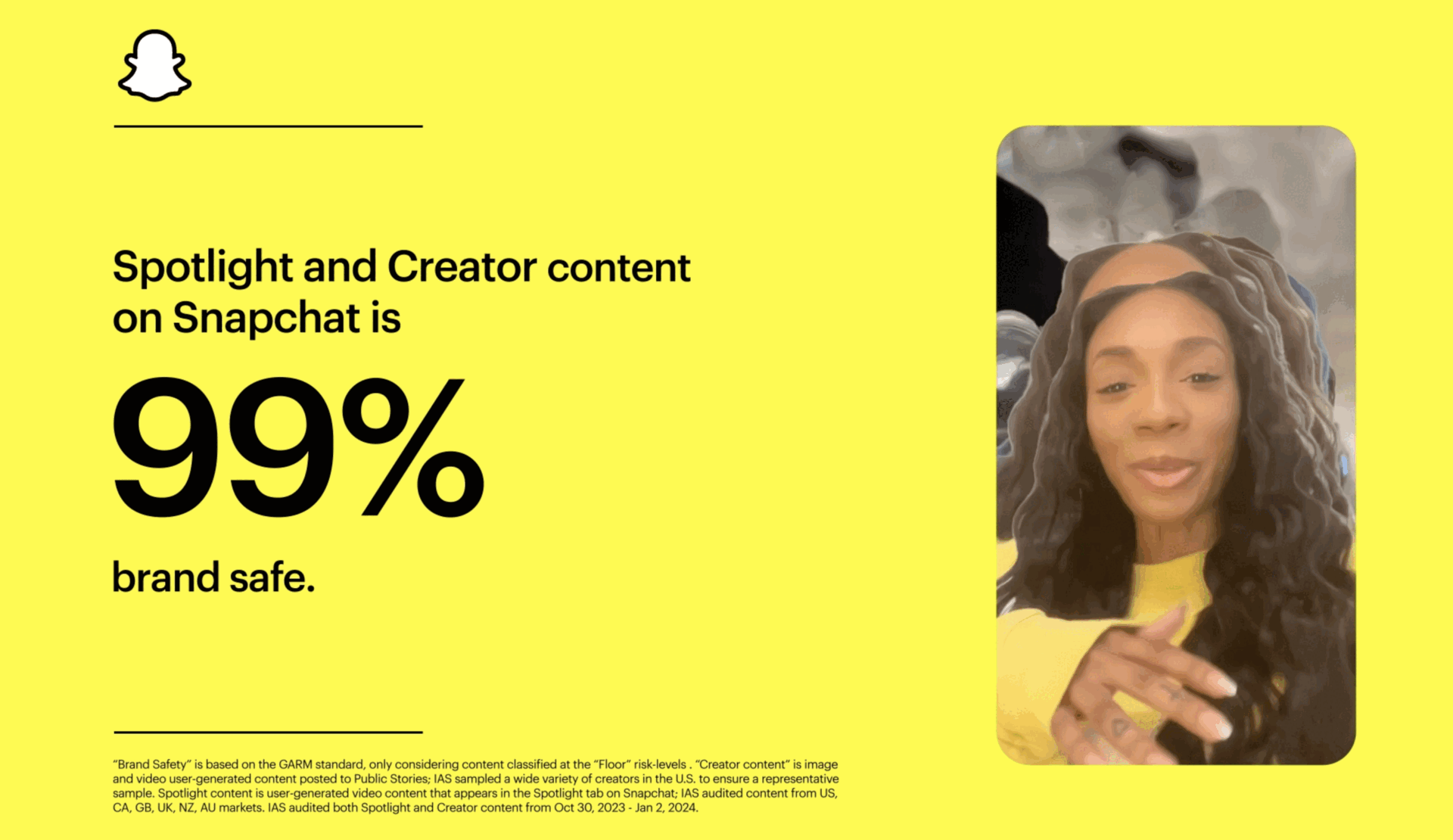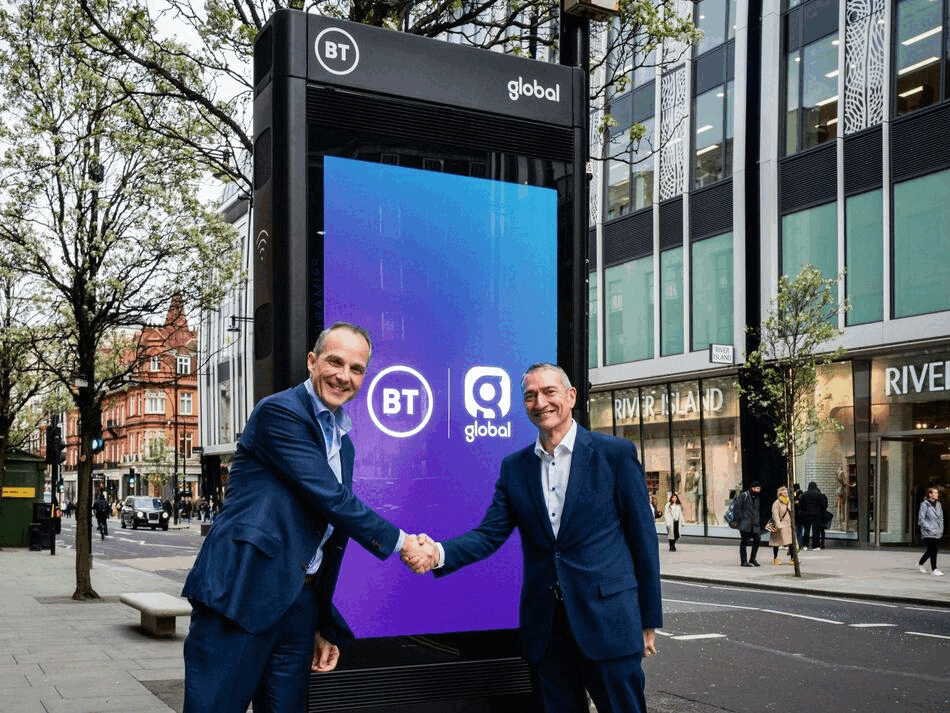3 billion devices trading with each other by 2030 – report
- Thursday, June 1st, 2023
- Share this article:
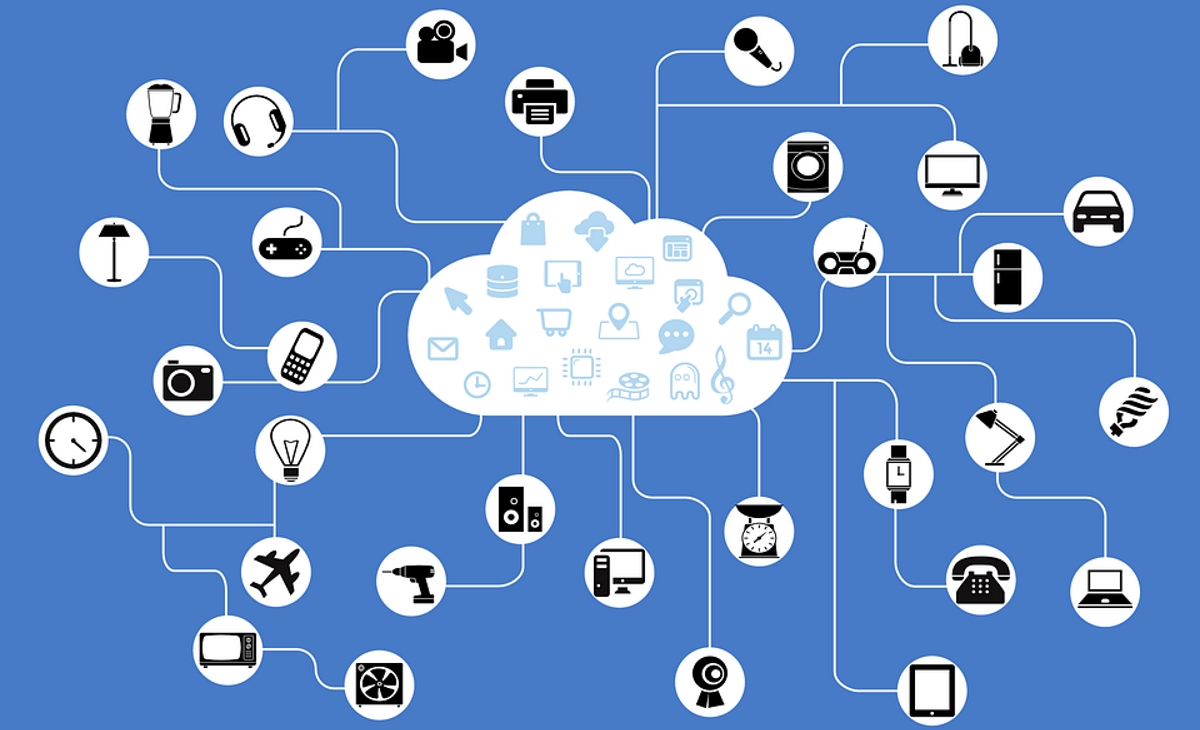 Up to 3.3bn connected devices will be trading directly with each other by 2030, according to new research by telecommunications consultant STL Partners. From just 88m devices in 2024, the report predicts the meteoric growth of Economy of Things (EoT)-enabled devices that can independently and securely trade together.
Up to 3.3bn connected devices will be trading directly with each other by 2030, according to new research by telecommunications consultant STL Partners. From just 88m devices in 2024, the report predicts the meteoric growth of Economy of Things (EoT)-enabled devices that can independently and securely trade together.
The research, commissioned by Vodafone, suggests that EoT – a world in which vehicles, devices and machines can interact and transact with each other via a secure digital platform – will account for more than 10 per cent of the overall Internet of Things (IoT) market, representing a compound annual growth rate (CAGR) of 68 per cent.
Vodafone recognised this opportunity for its business customers and entered the EoT market in 2022 with Digital Asset Broker (DAB), its EoT platform. Businesses across multiple sectors can instantly connect new products to the DAB platform, rather than build their own systems. Their products and services will be instantly verified as trustworthy and then automatically allowed to exchange and trade data and money over secure and encrypted connections. Also, consumers will be safe in the knowledge they are dealing with verified devices from a reliable authority.
Through greater industry-wide co-operation, the EoT will enable the monetisation of data generated across a network of participating connected devices that can interact, communicate, trade and transact with each other across multiple systems and environments. According to STL Partners, around 75 per cent of the data currently generated by connected IoT devices cannot be shared across different devices and systems, which is a vast untapped resource of value that is yet to be realised.
“IoT has always operated in siloes, with devices only communicating within the domain of the supplier of the device,” said Jorge Bento, CEO of DAB at Vodafone. “Frictionless interoperability between devices, people and sensors in the IoT domain and beyond provides an enormous monetisation opportunity for our partners and business customers.”
The report predicts that connected vehicles will have the most EoT-enabled devices by 2030. This is because vehicle telematics is already relatively mature, and the data collected by vehicles for others in the ecosystem is highly valued. Connected vehicles and smart infrastructure, such as Electric Vehicles (EV) charging points, parking space sensors and traffic lights can communicate and coordinate directly using EoT.
Banks and organisations that facilitate the payments destined for EoT also recognise the positive future of this technology. Mark Williamson, Global Head of FX Partnerships & Propositions, HSBC, said: “There are so many opportunities with the EoT so it is important to think about where it will progress fast in its first stages. There is a lot of interest and penetration in the motoring and EV worlds, and this will be a key starting point.”
1.2bn smart grid and 700m supply chain devices
In addition, STL Partners forecasts that there will be more than 1.2bn EoT-enabled smart grid devices by 2030 (40 per cent of the total opportunity forecast), as well as 700m supply chain devices. In the case of the smart grid for example, IoT data can be analysed with Artificial Intelligence (AI) to predict surges in demand for energy and sell spare capacity back to the grid.
Smart grid and supply chain devices are just some of the use cases listed in the report. Others include solar panels, traffic lights, inventory systems and personalised subscriptions with everyday devices, even coffee machines.
The report concludes by identifying key guiding principles for those individuals, businesses and public sector organisations looking to successfully enter the EoT ecosystem. STL Partners foresees solutions that span industries and departments, adding value across the Economy of Things. For example, household IoT machine data can be shared with energy players to optimise energy management based on demand. In this scenario, all data will be owned and controlled by the device owner to ensure there is no invasion of privacy.
The full report and recommendations on how businesses can take advantage of EoT can be accessed here.








